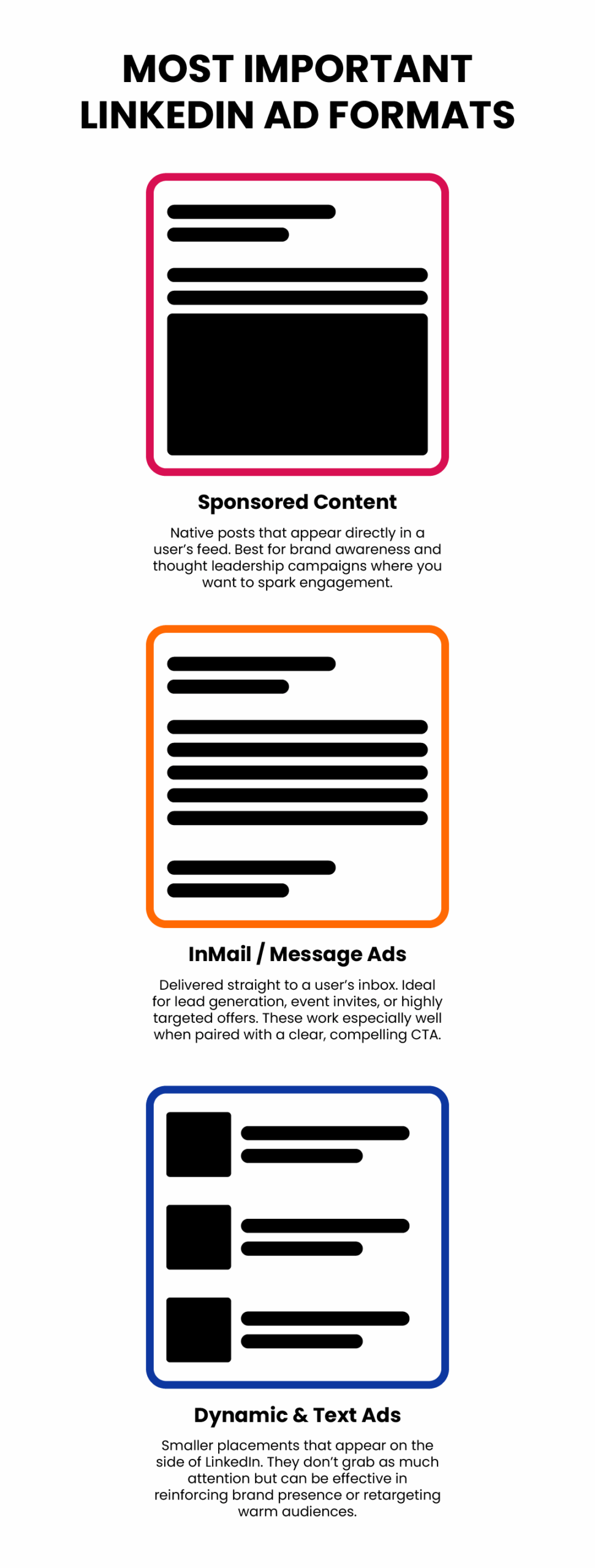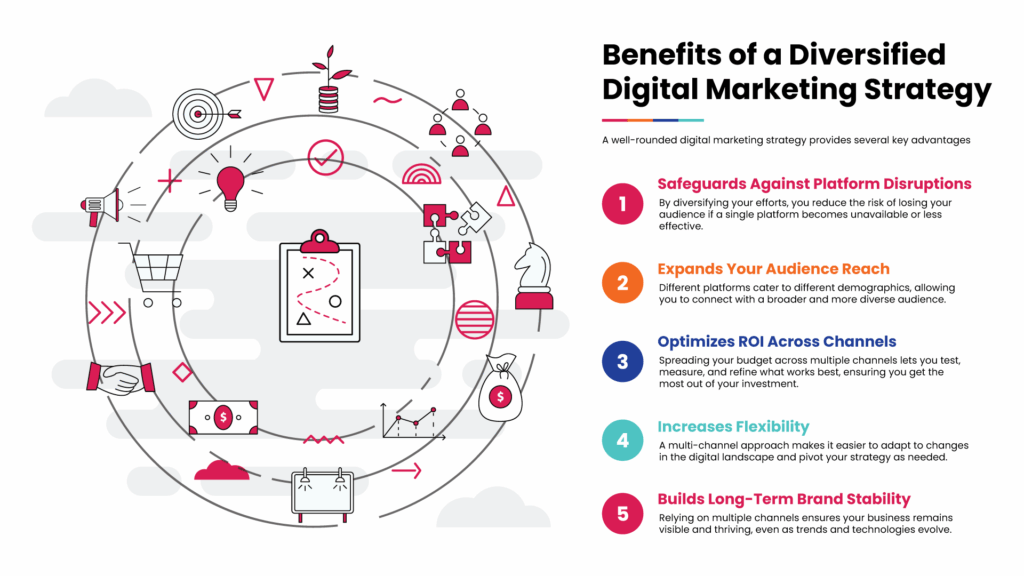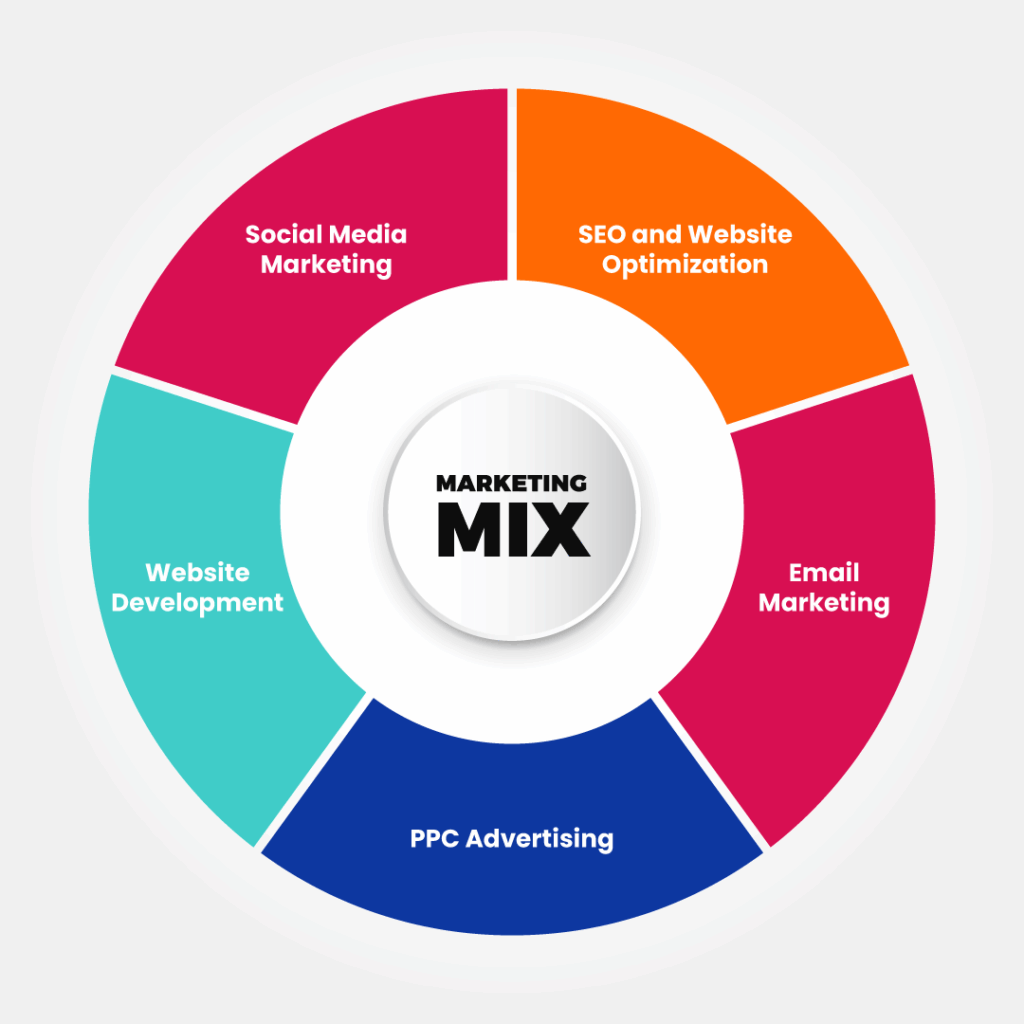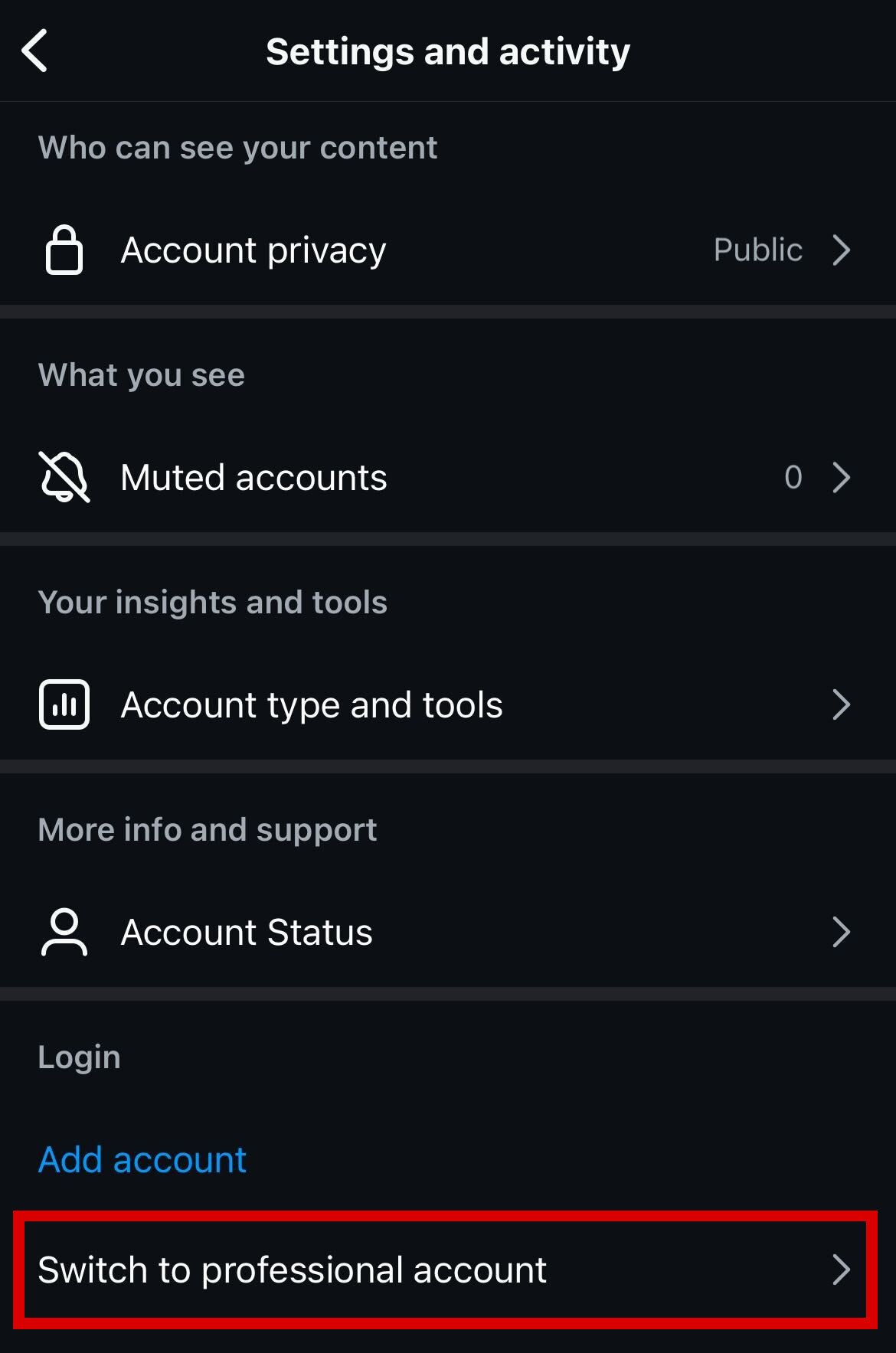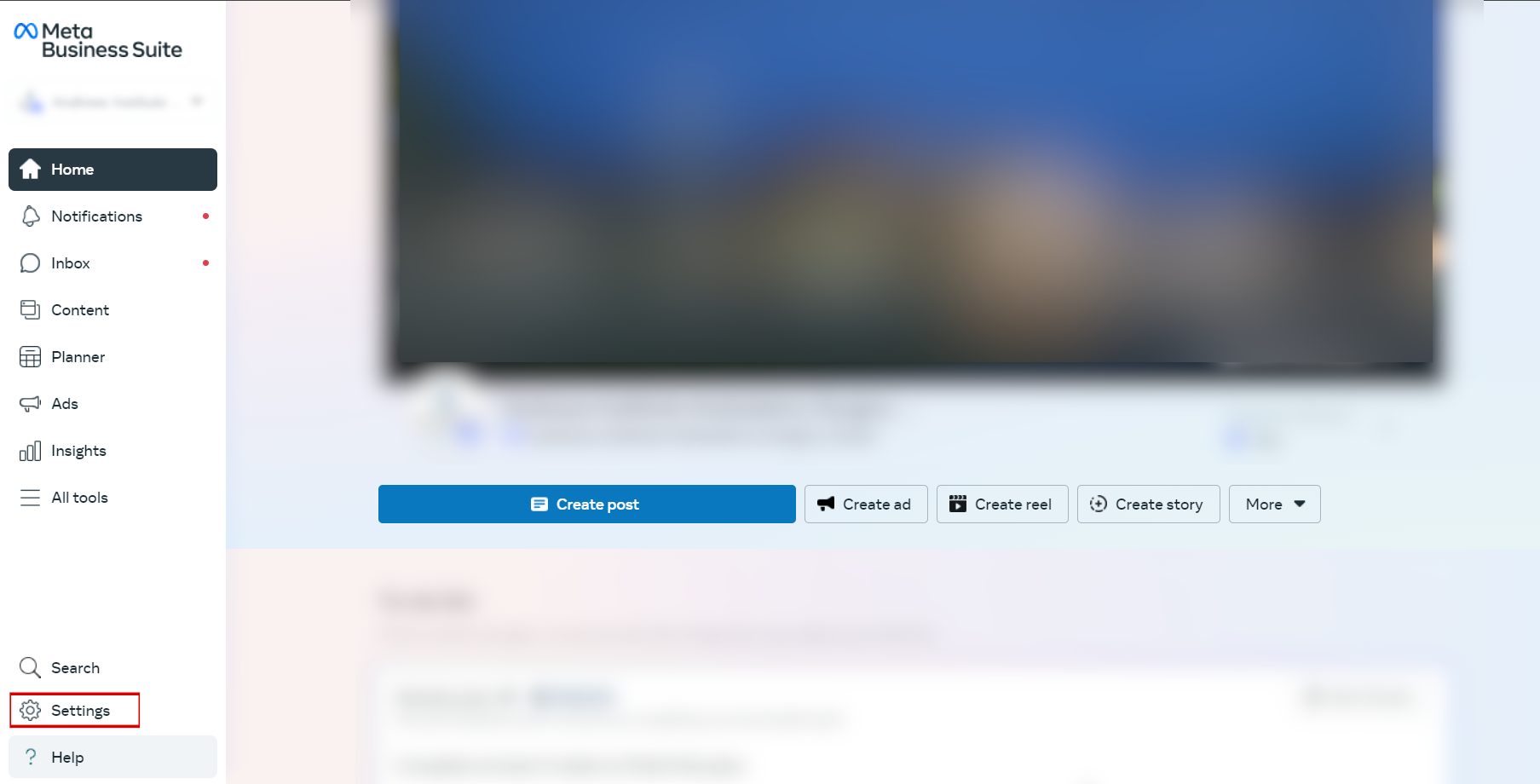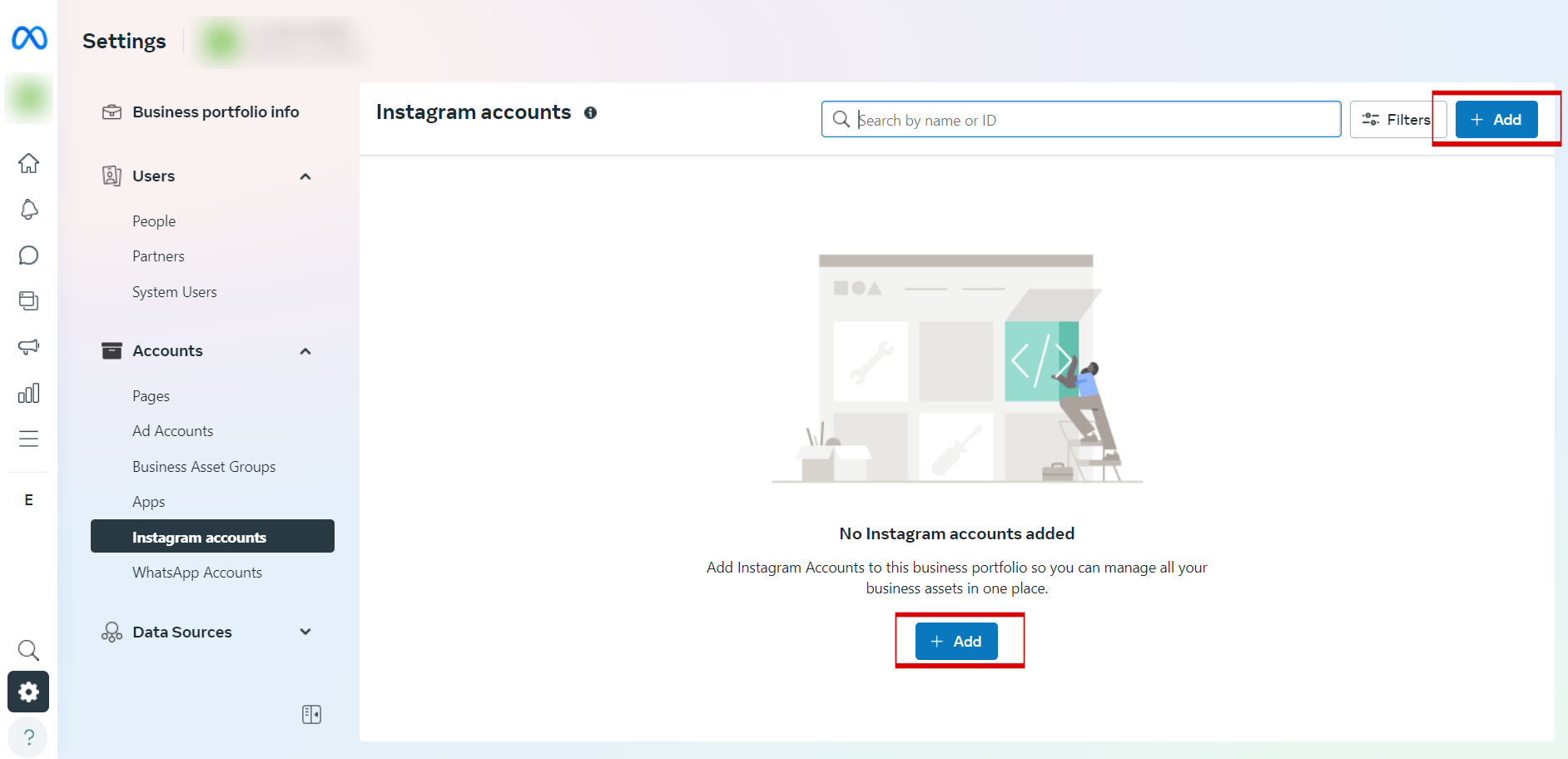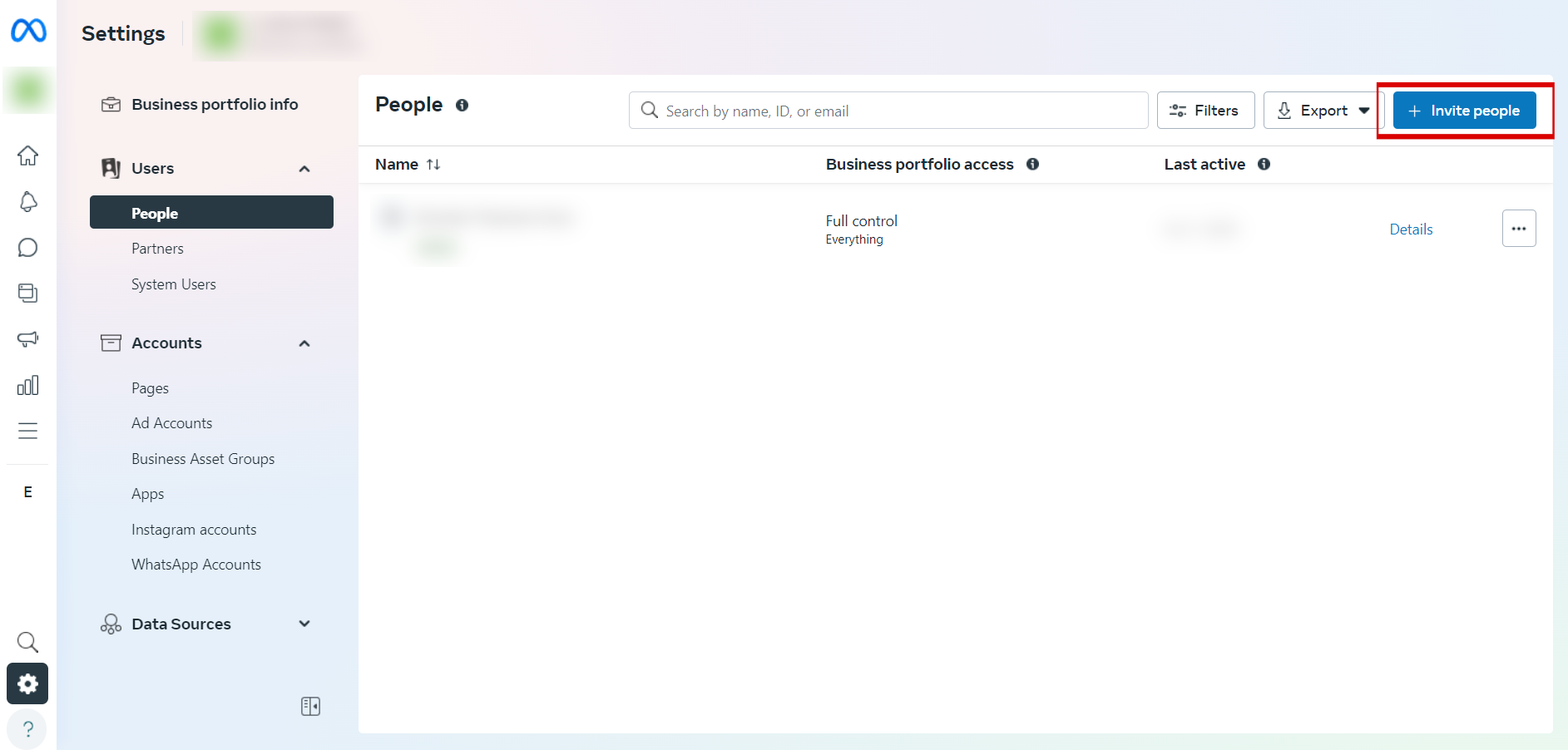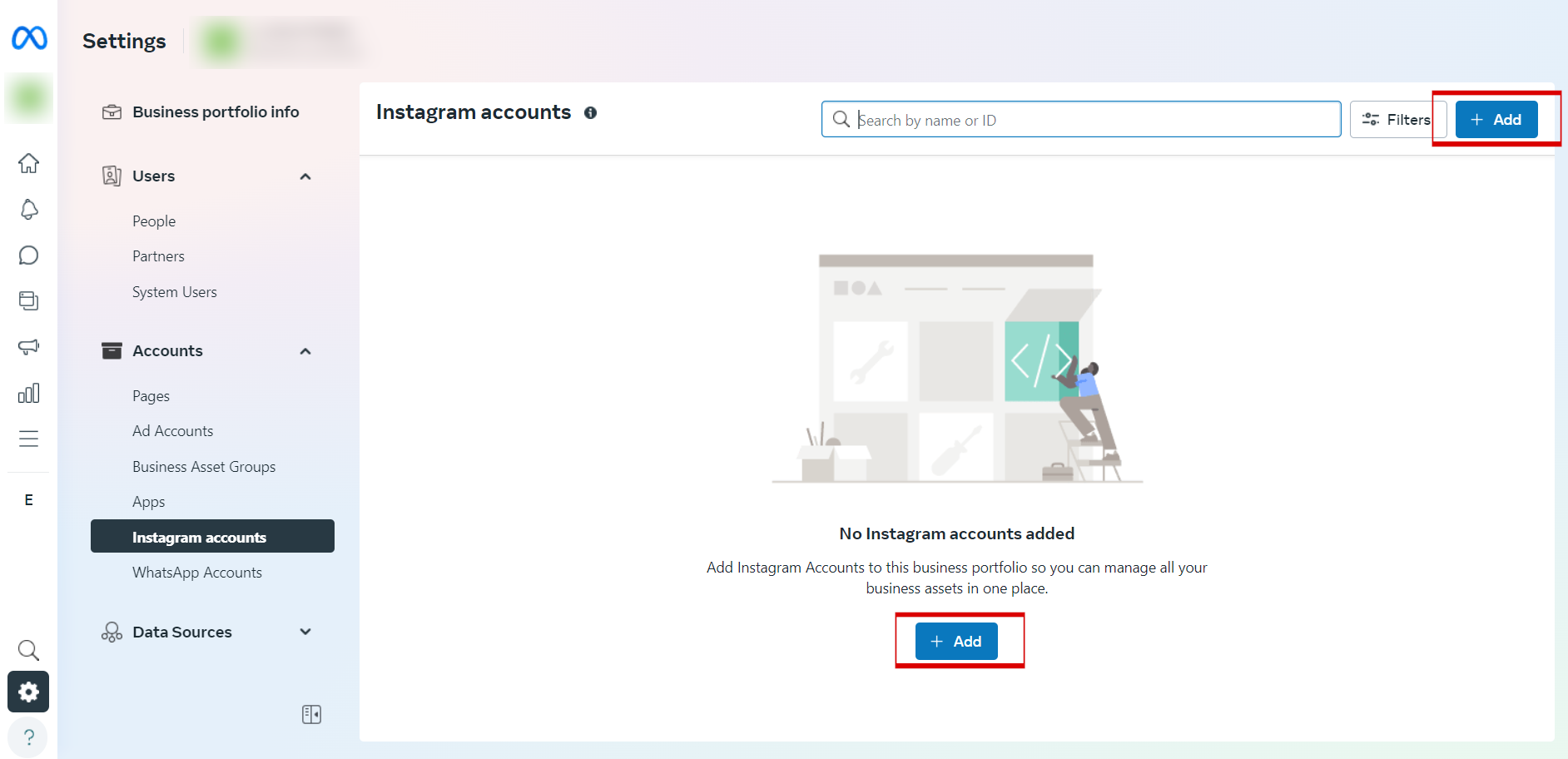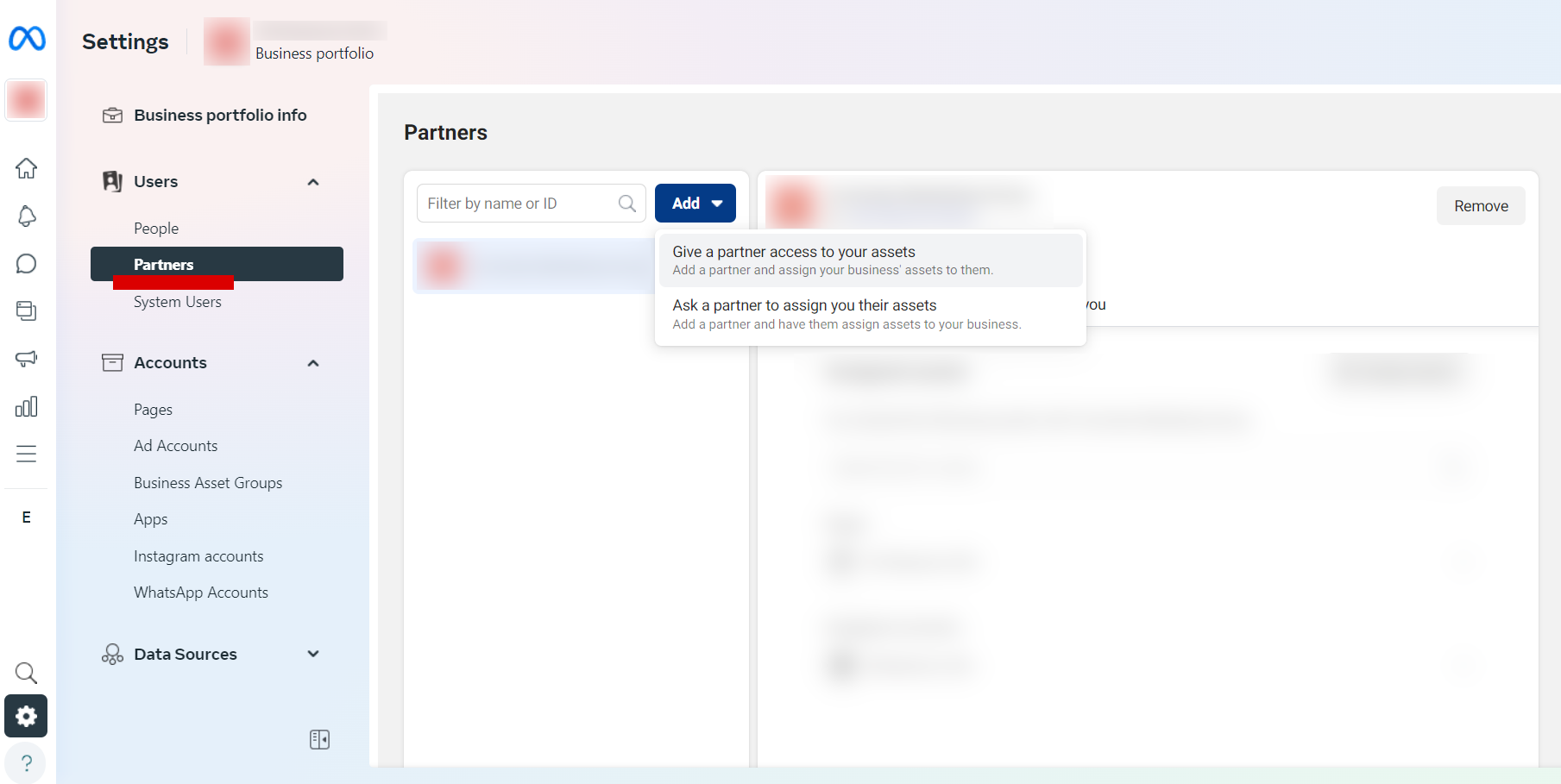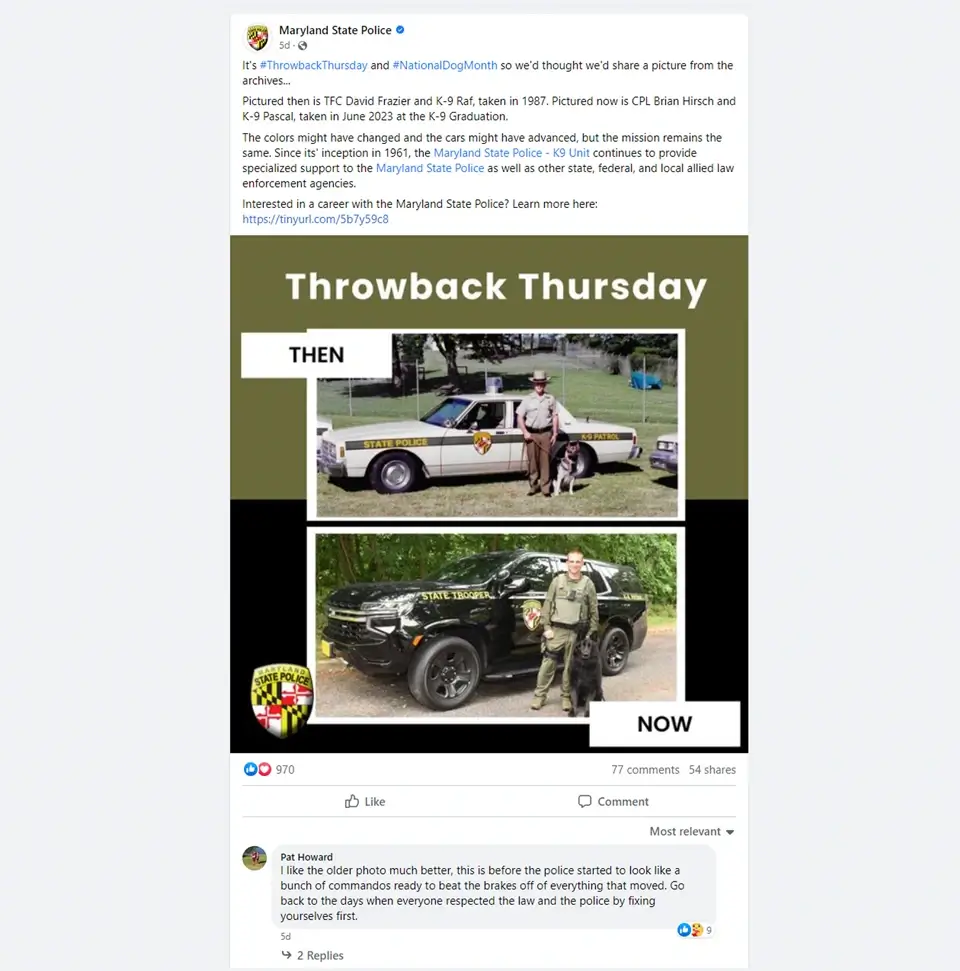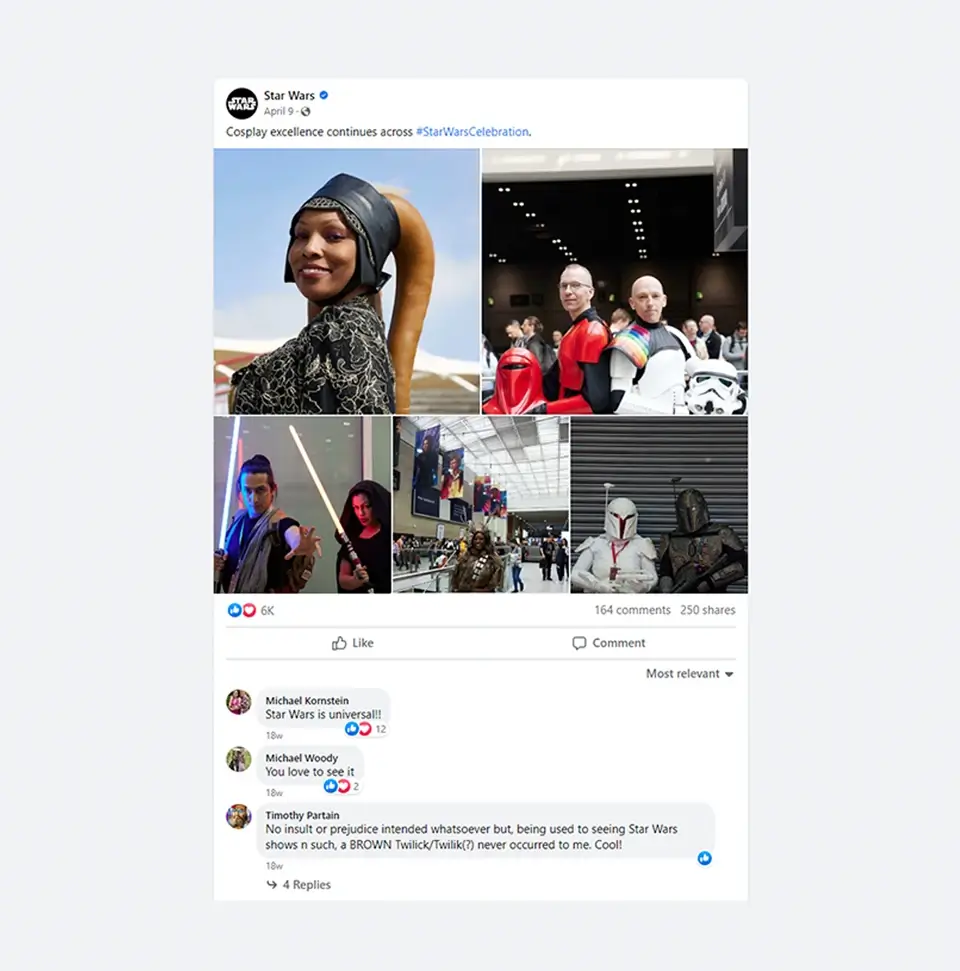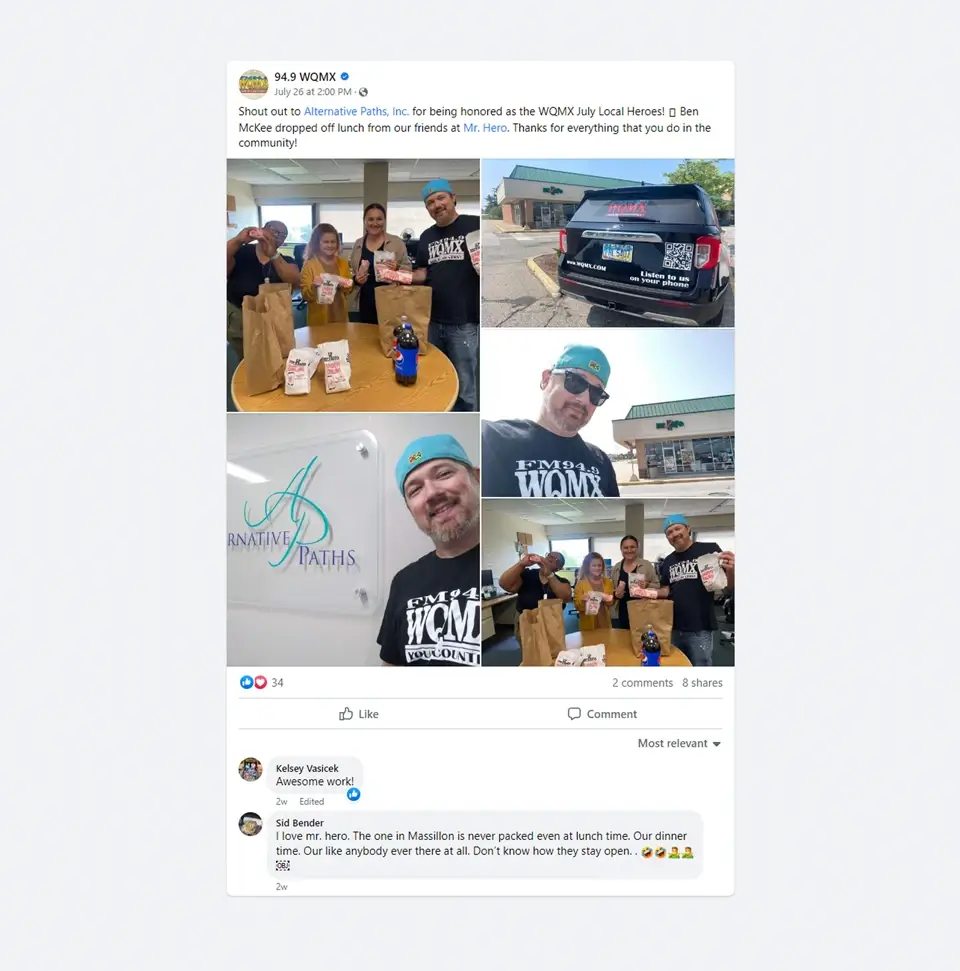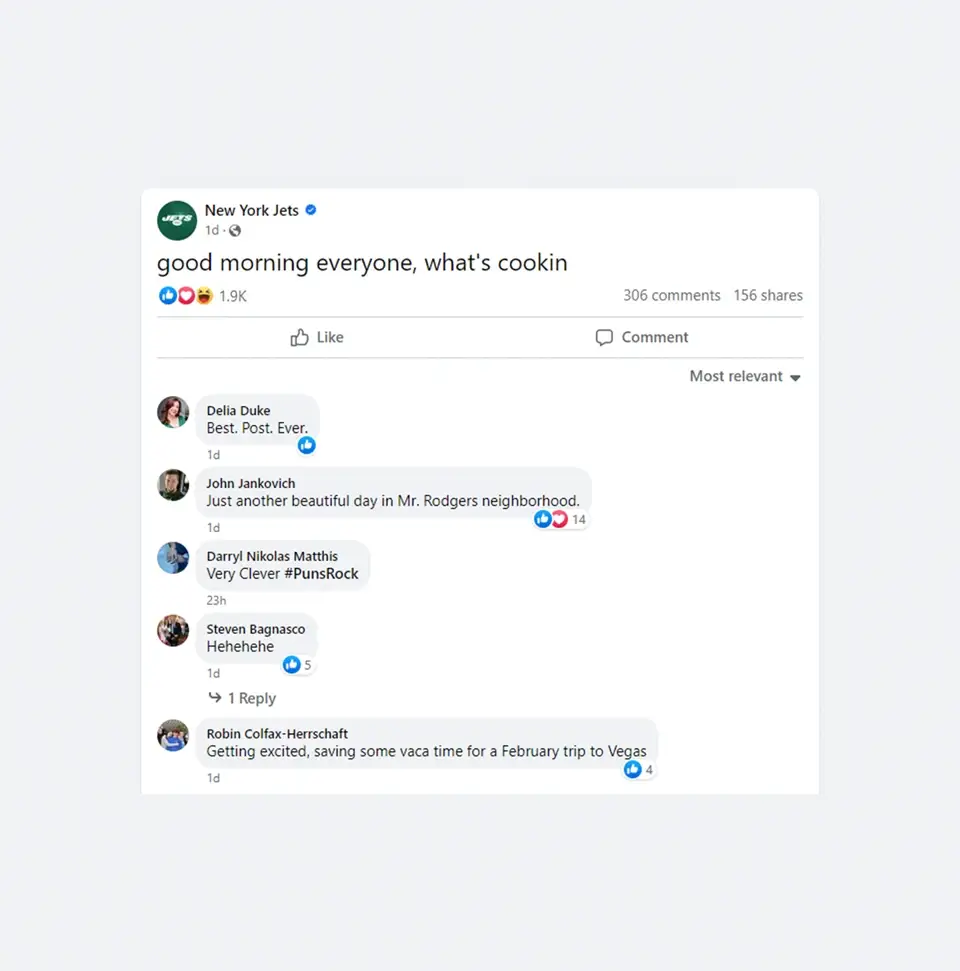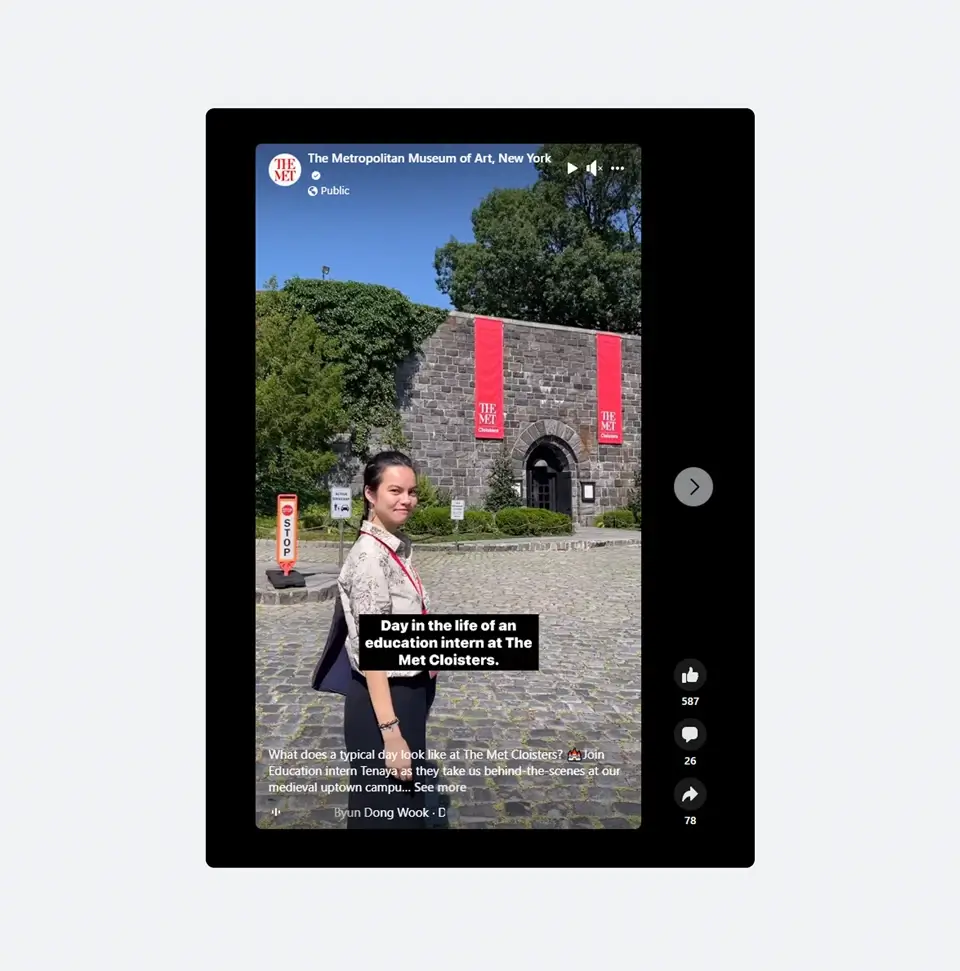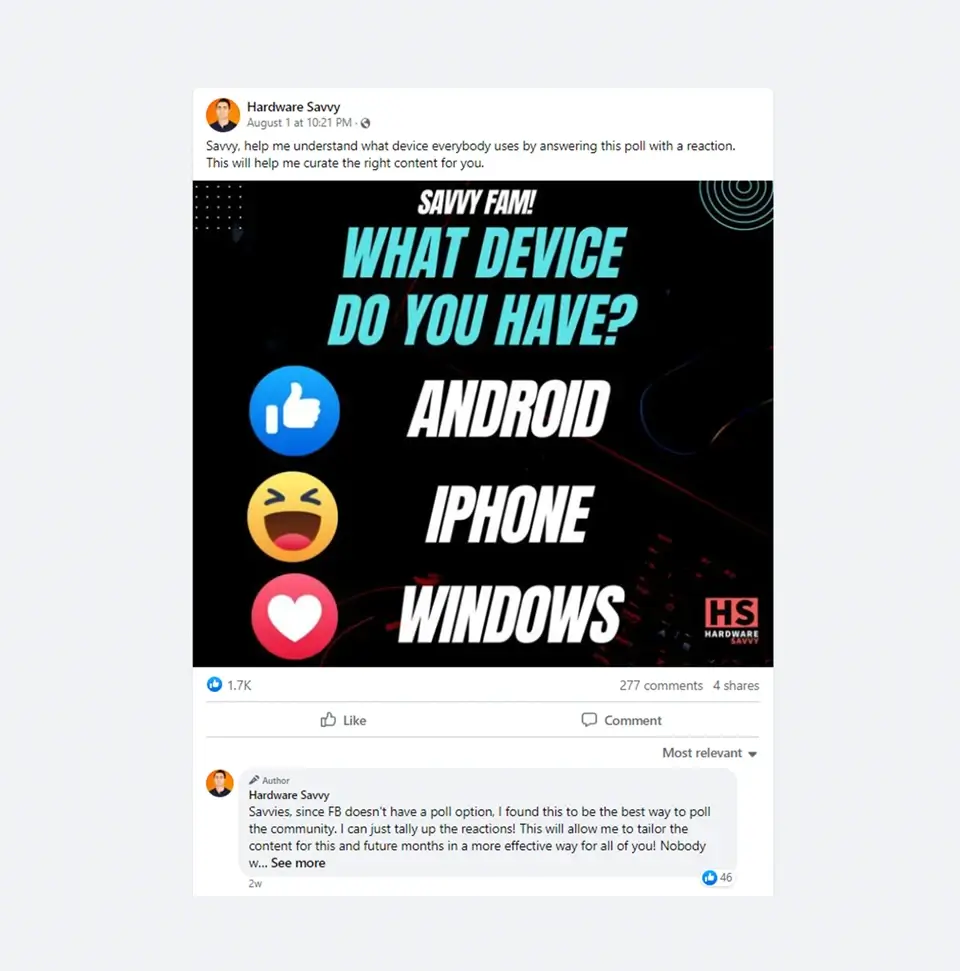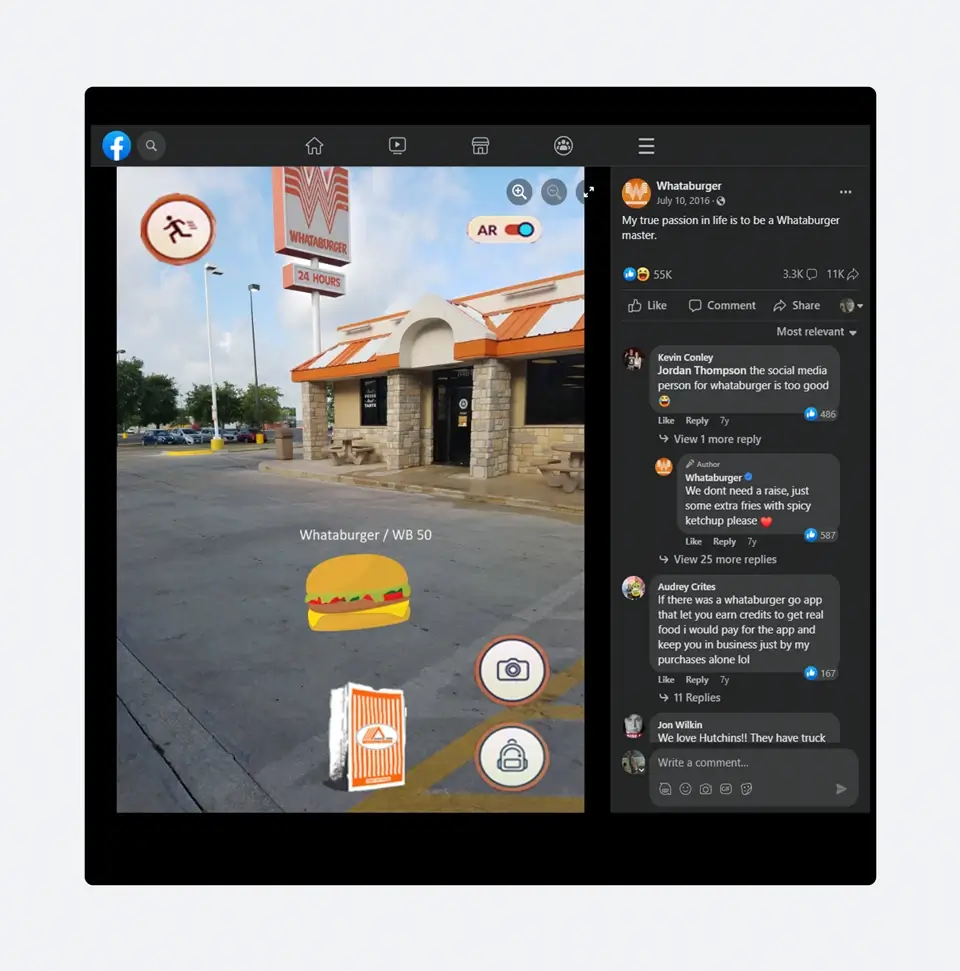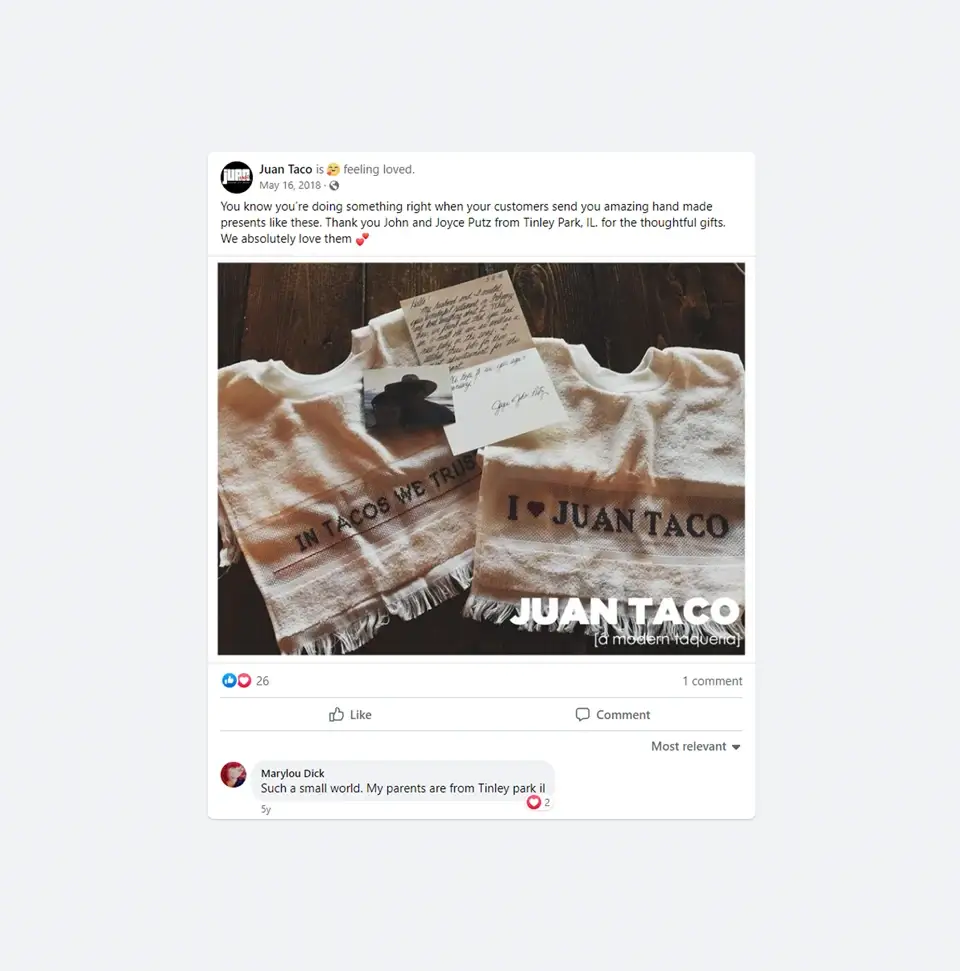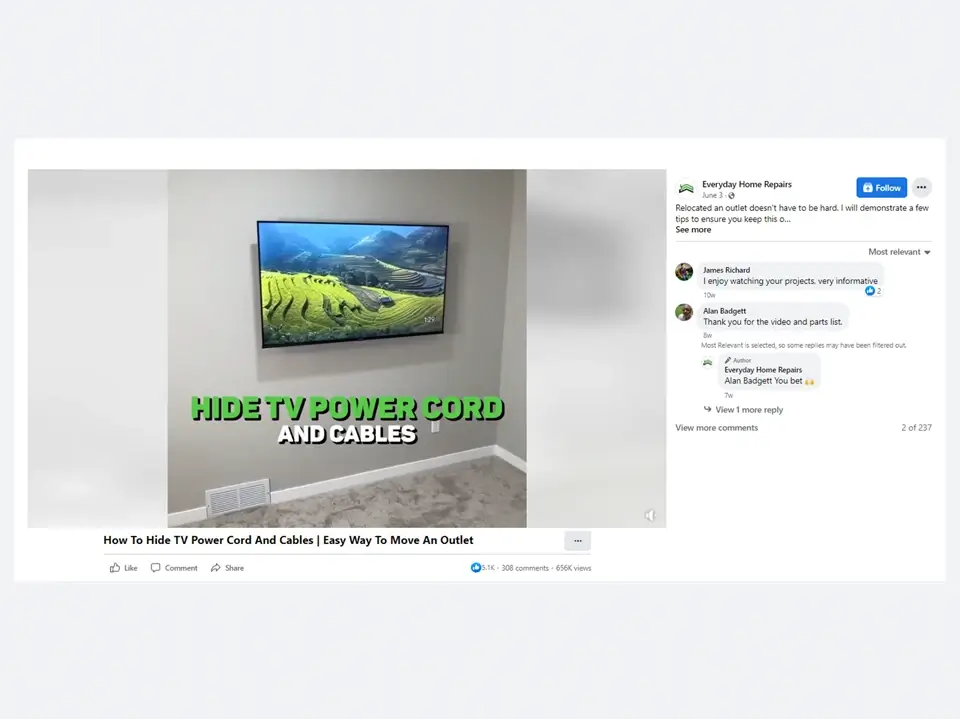Social media has woven itself into the very fabric of modern business strategy, particularly for the small business owner looking to carve out a significant space in the marketplace. With platforms like Facebook and Instagram, businesses have access to millions of monthly active users, ready to engage with content, products, and services. It’s a cost-effective way to boost your social presence, driving both engagement and sales through targeted social media marketing for small business strategies. The power of these platforms lies not just in their vast reach but in their ability to foster direct and meaningful connections between businesses and their audience.
The March 5 Outage and its Impact on Businesses
However, March 5, 2024, served as a stark reminder of the vulnerabilities inherent in over-reliance on any single channel. With Facebook down, Instagram down, and reports flooding in about the social media outage affecting users nationwide, the fragility of digital reliance became apparent. For more than an hour, businesses found themselves cut off from their primary communication channels, highlighting an immediate need for a more resilient strategy. This incident wasn’t just a temporary inconvenience; for many, especially those in the thick of crucial sales or customer service operations, it was a wake-up call. The downtime underscored the potential losses—be it in sales, customer trust, or engagement—when the digital threads connecting businesses to their customers are unexpectedly severed.
The Importance of Diversifying Marketing Channels
This event brings into sharp focus the importance of diversifying marketing channels. Relying solely on social media for customer engagement and sales is akin to building your house on a single pillar—stable until the unpredictable happens. In today’s dynamic digital landscape, it’s essential to expand your toolkit, incorporating a mix of traditional and digital channels to maintain that crucial connection with your audience. For the savvy small business owner, this means embracing a broad spectrum of platforms and strategies for social media management and beyond, ensuring that when one channel experiences a hiccup, your business continues to communicate, engage, and grow uninterrupted.
1. Double Down on Email Marketing
Let’s face it: when social media takes a nosedive and platforms like Facebook and Instagram suddenly go dark, it can feel like we’re cut off from our customers. It’s more than just an inconvenience; it’s a missed opportunity for engagement and sales. But here’s the silver lining—this is your cue to spotlight email marketing, a channel you’ve already got at your fingertips, and turn a temporary setback into a strategic advantage.
Keep Your Audience in the Loop with an Informational Email
First up, keep your subscribers in the loop. A sudden Facebook or Instagram down situation can create confusion and frustration. Seize this moment to send out an informational email. This isn’t just about acknowledging the outage but reinforcing your presence. Share a valuable blog post that provides insights or solutions related to the outage, announce an exciting new product launch, or extend a special discount. The key here is to offer genuine value, transforming a potential setback into an opportunity to deepen customer engagement.
Make It Personal: Segment Your Audience
Generic blasts are out; personalized communication is in. Segment your email list based on customer interests and past interactions. By tailoring your messages, you not only heighten the relevance of your emails but also significantly enhance the likelihood of fostering stronger connections. This segmentation allows you to send targeted content that resonates on a personal level, making your brand not just seen but felt.
Rekindle Old Flames with Re-Engagement Campaigns
It’s natural for email engagement to ebb and flow, but don’t let silence turn into disengagement. Utilize this time to rekindle the spark with subscribers who haven’t interacted with your brand in a while. Craft a heartfelt “We Miss You!” campaign, offering exclusive deals or highlighting the invaluable benefits of being a part of your email community. These campaigns can serve as a gentle reminder of your brand’s value, encouraging lapsed subscribers to re-engage and rediscover what they’ve been missing.
Incorporating these strategies within your email marketing efforts not only demonstrates adaptability but also underscores your commitment to maintaining a continuous, meaningful dialogue with your audience. By doubling down on email marketing, you ensure that your voice remains heard, your presence felt, and your brand resilient, no matter what digital challenges may arise.
2. Leverage Your Website and Blog
Think of your website as your digital storefront—it’s always open, even when social media decides to take a break. This is your turf, where you control the narrative and the content, making it an ideal spot to keep the conversation going with your audience. Here’s how to make sure your website and blog are more than just a backup plan; they’re integral parts of your communication strategy.
Keep the Content Coming
Social media is down? No problem. Your website is up and running, and it’s hungry for content. This is the time to roll out fresh blog posts that resonate with your audience’s needs and interests. Share the latest industry news, insights, or tips that your customers would find useful. Ever thought about hosting a live Q&A session directly on your site? Now’s as good a time as any because here’s the kicker: while social platforms might be hitting a snag, search engines are still going strong. Quality content published on your blog or website remains discoverable in search results, ensuring you can still reach your audience. It’s all about providing value and keeping your audience engaged, proving that your digital presence extends far beyond the realms of social media.
Smart Use of Website Pop-Ups
Pop-ups can be a bit like cilantro; people either love them or hate them. But when used correctly, they can spice up your website effectively. The key is not to bombard your visitors but to offer them something they’ll find valuable. Maybe it’s an invite to join your email list for exclusive insights or a free download of a guide or tool that can help them in some way. These strategic pop-ups serve as gentle nudges for visitors to engage further with your brand, turning casual browsers into potential leads.
Mobile Optimization is Non-Negotiable
In today’s world, if your website isn’t friendly to a smartphone, it’s not friendly at all. With more people accessing the internet via their phones than ever before, ensuring your site is mobile-optimized is crucial. This means fast load times, easy navigation, and content that adjusts seamlessly to smaller screens. Especially during times when social media apps are down, your mobile-friendly website can be a beacon for lost souls looking for their internet fix. Make sure that beacon is shining bright and clear, guiding them right to your content and offerings.
Your website and blog aren’t just fallback options; they’re your online foundation. By keeping them stocked with engaging content, user-friendly with strategic pop-ups, and accessible through mobile optimization, you’re ensuring your business remains connected and communicative, no matter the state of social media. This proactive approach not only diversifies your online presence but also reinforces your brand’s resilience in the face of digital disruptions.
3. Explore Alternative Messaging Platforms
When social media is off the grid, it’s a golden opportunity to tap into the diverse world of alternative messaging platforms. These channels offer a direct and personal way to connect with your audience, ensuring your communication lines remain buzzing with activity. Let’s delve into how you can harness these platforms to keep the engagement alive and kicking.
Harness the Power of Text Marketing
Text messages have an impressive track record for high open rates, making SMS marketing a goldmine for direct communication with your customers. Imagine sending a quick update, a special promotion, or exclusive content right to their pockets. The immediacy and personal touch of a text message can dramatically boost engagement and keep your audience connected to your brand. However, remember the golden rule: always obtain consent before sending SMS messages. This not only respects your customers’ privacy but also ensures your marketing efforts are welcome, building trust and loyalty in the process.
Dive into Messaging Apps
With the rise of smartphone usage, messaging apps like WhatsApp and Telegram have become household names, with millions of active users daily. If your target audience frequents these platforms, why not meet them where they are? Create a dedicated group or channel for your business to share updates, host interactive polls, or provide stellar customer support. These platforms offer a more informal, conversational way to interact with your audience, fostering a sense of community and belonging. Just be sure to familiarize yourself with and adhere to platform-specific regulations to maintain a positive and compliant presence.
Exploring alternative messaging platforms when social media is down not only showcases your adaptability as a brand but also deepens your engagement with your audience through more personal and direct channels.
4. Direct Mail: A Tangible Touch in a Digital World
In our rush to embrace digital solutions for everything from communication to commerce, the unique appeal of direct mail as a marketing strategy has not diminished. Rather, it offers a compelling contrast to the ephemeral nature of online messages and notifications. While it’s true that not every mailbox drop is met with enthusiasm, when executed thoughtfully, direct mail can cut through the clutter of digital ads to deliver a memorable and engaging experience. Here’s a closer look at why incorporating direct mail into your customer relationship efforts can create meaningful connections and stand out in the crowded marketing landscape.
The Unmatched Impact of Direct Mail
Direct mail brings with it the power of tangibility—a rarity in today’s digital-first landscape. Sending out postcards with special offers or personalized messages does more than just communicate a promotion; it conveys thoughtfulness and consideration. This tangible connection fosters a unique bond between your brand and your customers, making them feel valued and remembered.
Opening the Door to Engagement: The 90% Statistic
One of the most compelling reasons to consider direct mail is its incredible open rate. According to the ANA, 90% of direct mail gets opened by the recipient. This statistic is not just a number; it’s a testament to the effectiveness of direct mail in reaching and engaging your audience. In a world where digital messages can be easily overlooked, direct mail stands out, ensuring your message not only reaches your customers but captures their attention.
Enhanced Recall and Brand Connection
Research indicates that physical materials, such as direct mail, have a more significant impact on memory and recall compared to digital content. This isn’t just about getting noticed—it’s about leaving a lasting impression. Personalized direct mail pieces are easier to remember and recall, enhancing brand recall and influencing decision-making over time. The sensory experience of interacting with a physical piece of mail—touching it, reading it, even smelling it—creates a memorable connection that digital interactions struggle to match.
By focusing on direct mail within your broader marketing strategy, you’re not only reaching your customers in their homes but also resonating with them on a deeper level. It’s a clear signal that your brand values genuine connections, going beyond the screen to engage in a manner that’s both meaningful and memorable. Direct mail, with its blend of personalization and physicality, ensures that your message is not just seen but felt, leaving a lasting imprint that can bolster customer relationships and brand loyalty.
5: Foster Brand Advocacy and Community Building
Building a community around your brand isn’t just about staying active on social media; it’s about engaging with your audience in ways that resonate deeply and foster genuine advocacy. During times when social media might be taking a timeout, there are powerful strategies you can employ to continue building that sense of community and support for your brand. Let’s delve into how focusing on customer reviews and creative contest strategies can elevate your brand’s presence and credibility.
The Currency of Customer Reviews
Think of customer reviews as the currency of the digital age—a crucial component of your brand’s online visibility and reputation. Positive feedback on platforms like Google My Business doesn’t just sing praises of your services or products; it signals to both prospective customers and search engines that your business is legitimate, trustworthy, and worthy of their time and investment. During social media downtime, it’s an opportune moment to remind your customers of the importance of their feedback. Encouraging them to leave a review is not just about collecting accolades; it’s about bolstering your local visibility and enhancing your search engine optimization efforts. Remember, a robust collection of positive reviews can be a game-changer for attracting new customers and establishing your business as a leader in its niche.
Want to learn how to get Google Reviews? Check out our comprehensive Google Review Guide.
Beyond Social Media: Contests and Giveaways
While social media platforms are popular venues for contests and giveaways, taking these activities off-platform can offer your business greater flexibility and control. For instance, the strict rules governing contests on platforms like Facebook—such as prohibitions against giving away physical goods or requiring specific actions like tagging and following—can significantly limit how you engage with your audience. By hosting contests and giveaways directly on your website or through email, you gain the freedom to set your own terms. This approach not only allows you to collect valuable customer contact information without running afoul of platform guidelines but also ensures that both your business and your customers derive tangible benefits from the engagement. Whether it’s gathering user-generated content, encouraging email sign-ups, or simply boosting your website’s traffic, running these promotions independently empowers you to craft more meaningful and mutually rewarding interactions.
In implementing these strategies, you’re not just filling the void left by social media downtime; you’re taking proactive steps to strengthen your brand’s community and advocacy. By valuing and actively seeking customer reviews and creatively engaging your audience with well-crafted contests, you underscore your commitment to building lasting relationships. These efforts not only enhance your brand’s reputation and visibility but also lay the groundwork for a vibrant community of loyal supporters.
Building Resilience in Your Marketing Strategy
If March 5th taught us anything, it’s that diversification isn’t just a nice-to-have; it’s a necessity. Relying solely on social media platforms for customer engagement and sales is akin to walking a tightrope without a safety net. We know that it’s extremely cliche saying this, but the digital landscape is ever-changing, and the tools we use today may not always be available tomorrow. By broadening your marketing approach to include email marketing, direct mail, alternative messaging platforms, and leveraging your website and blog, you’re not just mitigating risk; you’re enhancing your ability to connect with your audience in more meaningful ways.
These strategies underscore the importance of building a resilient marketing ecosystem—one that thrives on variety and adapts to change. Embracing this approach ensures your business remains visible, engaging, and ahead of the curve, no matter what surprises the digital world may bring.
We understand that navigating these waters can seem daunting, especially when you’re trying to run a business. If the thought of diversifying your marketing strategy feels overwhelming, know that you don’t have to go it alone. Curiosity Marketing Group is here to help you craft a tailored, dynamic marketing plan that not only future-proofs your advertising efforts but also deepens the connection with your audience. Whether it’s refining your email marketing campaign, exploring content strategies for your site, or boosting your online reviews, our team has the expertise and creativity to ensure your brand not only survives but thrives.
Ready to diversify your marketing strategy and build a stronger connection with your audience? Contact Curiosity Marketing Group today. Let’s create a marketing plan that’s as resilient and dynamic as the world we live in.

